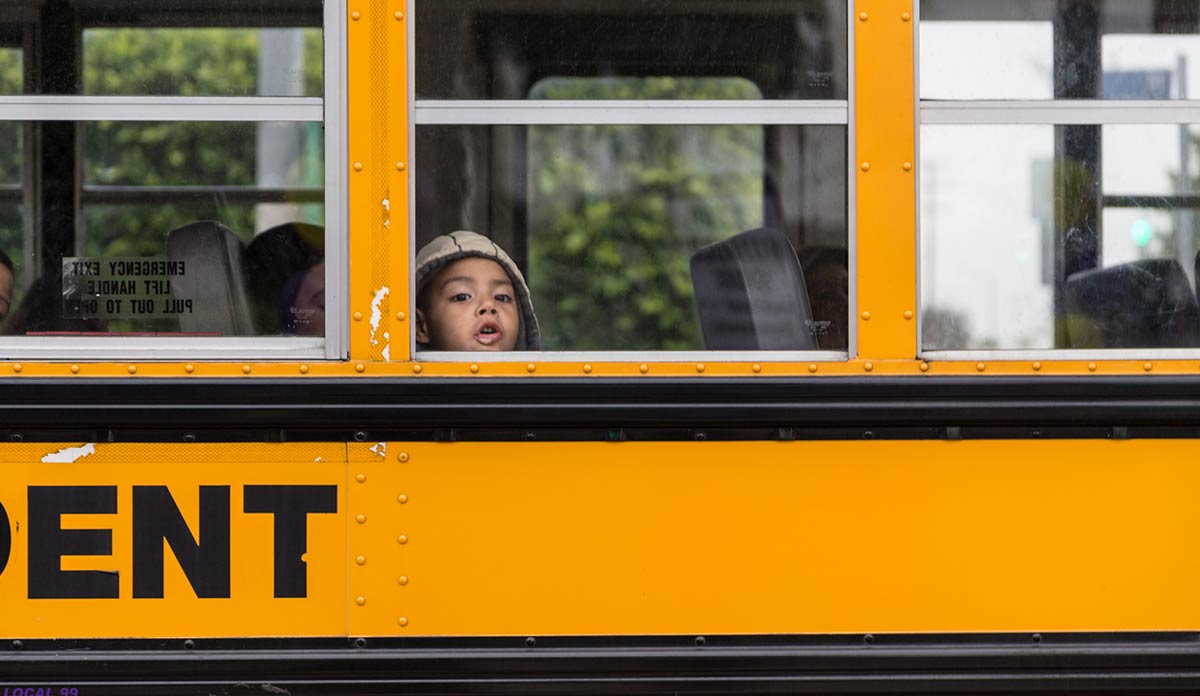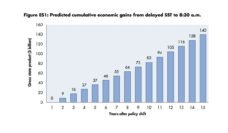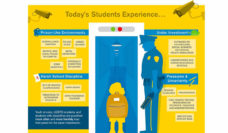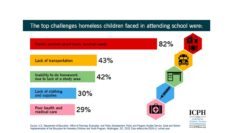“About 1 in 6 US public schools—more than 16,000—did not meet standards for student achievement in the 2014-2015 school year,” says an August 2017 report from Pew Charitable Trusts. Education is a social determinant of health, which means that children who attend these low-performing schools are more likely to develop health problems due to factors like substandard housing, poor air quality, and malnutrition. Children of color and kids from low-income families are most affected by the low performance of these schools.
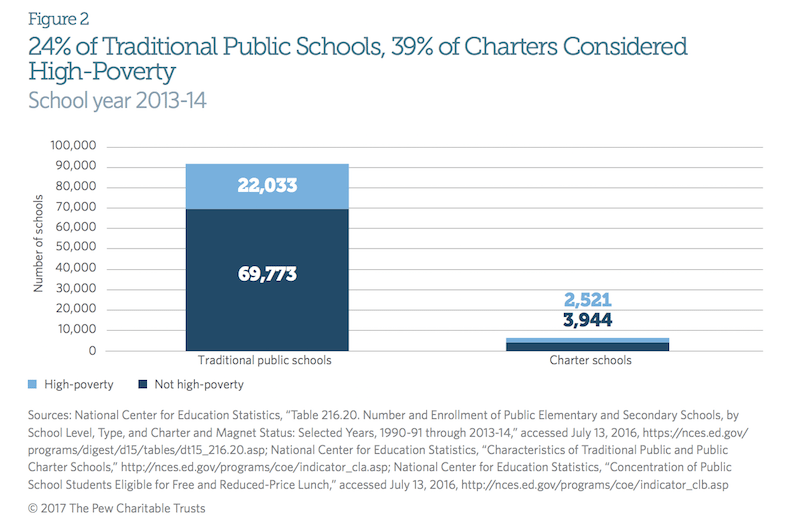
As the chart above illustrates, nearly one quarter of public schools and 39% of charter schools are considered high-poverty. Within these schools, almost 70% of students were students of color and “more than three-quarters of the students qualify for free or reduced-price lunch because their families have incomes at or below 185 percent of the poverty level.”
To address this disparity, Congress and the Obama administration enacted the Every Student Succeeds Act (ESSA) in December 2015. States must now identify low-performing schools and local educational agencies (LEAs) must conduct needs assessments “to identify areas of underperformance and determine what steps should be taken to raise achievement.” LEAs have traditionally focused their goal-setting and action plans on the academic environment. Research has shown, however, that many “root causes” for poor academic achievement are found in students’ homes and communities as well.
The full report, titled “The Every Student Succeeds Act Creates Opportunities to Improve Health and Education at Low-Performing Schools,” shows that needs assessments can have a broader impact if they take both school-based and community-based factors into account.
Feature image: SEIU Local 99 | Education Workers United, Save Breakfast in the Classroom Action at Hooper Ave Elementary, April 30, used under CC BY-NC 2.0









